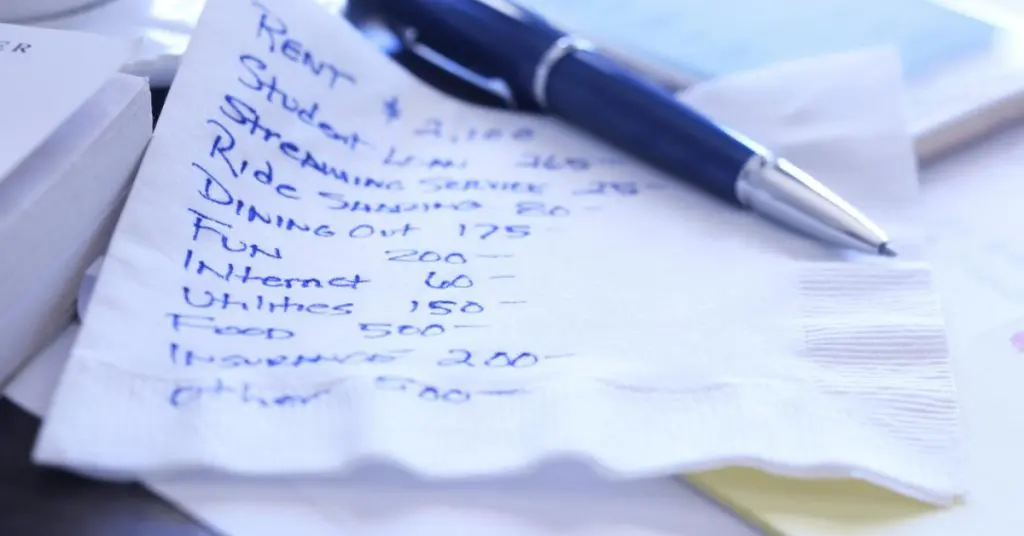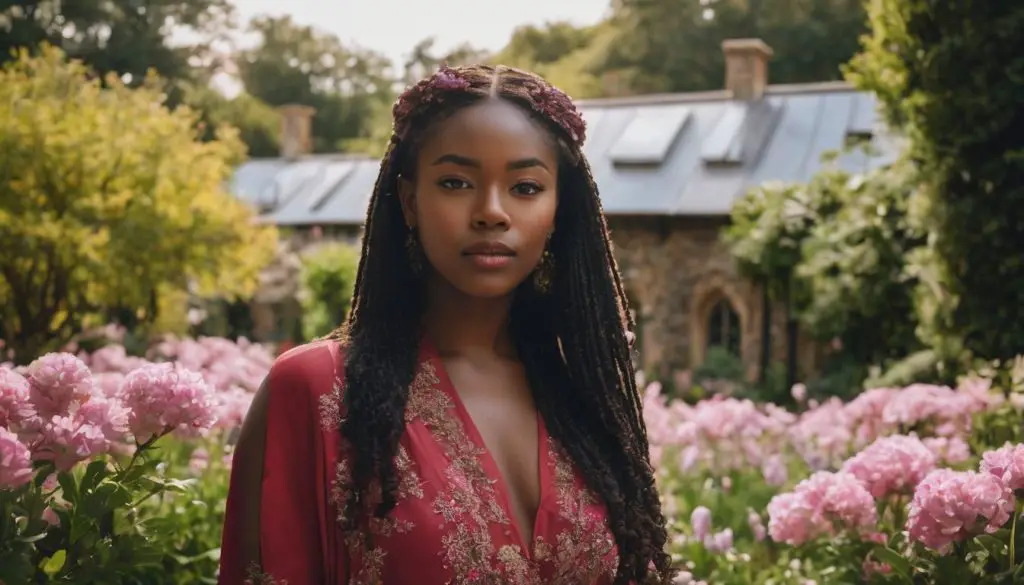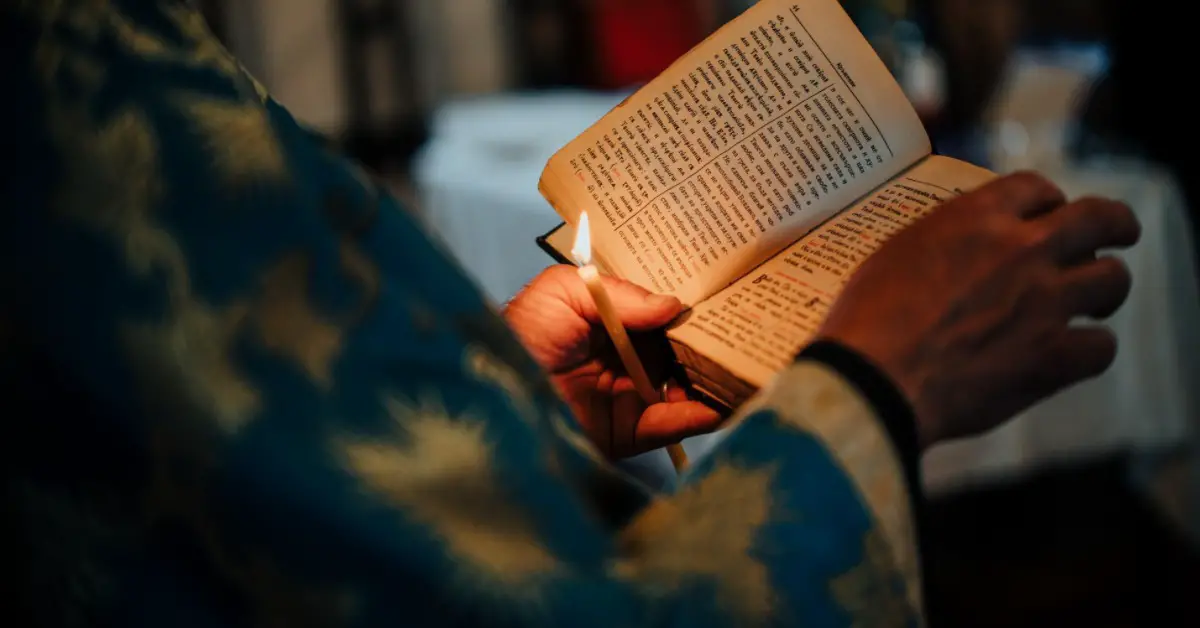The Essence of Lyrical Poetry

Are you struggling to grasp the heart of lyrical poetry? It’s an art form that pours out personal feelings and deep emotions.
This article untangles the complex beauty of lyric poems, offering you a clear understanding.
Dive in for poetic discovery!
Key Takeaways
- Lyrical poetry is a form of expression that delves into personal emotions and experiences, often connecting with music to convey intense feelings through vivid imagery and language.
- Various types of lyric poetry, such as sonnets, elegies, odes, and short lyric poems, offer unique styles and structures that deepen the emotional depth of the poem.
- Techniques like rhyme, meter, literary devices (e.g., alliteration, metaphor), and personal expression are essential for crafting compelling lyrical poetry that captures individuality while evoking powerful emotions.
- Notable examples of famous lyric poems include “The World Is Too Much With Us” by William Wordsworth and “Ode to the West Wind” by Percy Bysshe Shelley.
Table of Contents
What is Lyrical Poetry?

Lyrical poetry is a form of expression that focuses on personal emotions and experiences, often connecting with music and conveying intense emotions through vivid imagery and language.
Definition and Characteristics
Lyrical poetry is a type of poem that shows solid emotions and feelings. It often sounds like a song.
The poet writes about personal thoughts or experiences using particular words to create an image or sentiment.
This kind of poetry is usually short and straightforward, but it’s full of meaning. When poets write lyrical poems, they talk from their point of view.
They use clear language that helps the reader feel what they are feeling. This makes lyrical poems very powerful and touching to those who read them.
Connection to Music and Emotion
Exploring feelings and emotions is at the heart of lyrical poetry. These poems often feel like songs because they share a deep bond with music.
A lyric poet uses words to create melodies in your mind, much like a musician does with notes and chords.
The rhythm and flow of the poem can make you feel sad, happy, or excited—just like when you listen to your favorite song.
This strong link between lyrics and music comes from ancient times when poets would perform their verses to the tune of a lyre or other instruments.
Today’s lyric poems might not always be sung, but they still tap into our emotions through their musical patterns and sounds.
They are unique because they let people share personal feelings in ways that touch others deeply.
Types of Lyric Poetry

The Sonnet, The Elegy, The Ode and Short Lyric Poems are all examples of different types of lyric poetry.
Each type has its unique style and structure that adds to the emotional depth of the poem.
The Sonnet
Sonnets are like memorable songs made out of words. They have 14 lines and often talk about love or deep feelings.
These poems follow a pattern where the ends of lines rhyme especially.
Poets have loved writing sonnets for hundreds of years, and these little poems pack big ideas and emotions.
In sonnets, each line usually has ten beats that sound like “da-DUM da-DUM,” known as iambic pentameter.
This beat makes the poem feel like it has a heartbeat! Although all sonnets share some things, they can look different depending on where they come from or who writes them.
The Elegy
The elegy is a poem defined by mood rather than form or rhyme scheme. It is a meditative lyric poem that laments the death of a public figure or a loved one.
Elegies reflect on broader themes of loss and reflection, often as a lament or meditation on death and remembrance.
They can be written in response to a death, seeking to capture the emotions surrounding loss.
One famous example, “Elegy Written in a Country Churchyard,” deviates from traditional form to employ contemporary odes’ style while contemplating themes of death and remembrance.
Moving on to the next section about “The Ode” will deepen our understanding of different types of lyrical poetry and their unique characteristics.
The Ode
Moving from the mournful and reflective nature of elegies, we turn our attention to a more celebratory form of lyric poetry known as the ode. Odes are a common branch of lyric poetry and come in three typical types: Pindaric odes, Horatian odes, and irregular odes.
The Pindaric ode follows strict patterns for strophe, antistrophe, and epode and is named after the ancient Greek poet Pindar. On the other hand, Horatian odes are more relaxed in structure and tone than their Pindaric counterparts.
Irregular odes have no specific rhyme or meter scheme.
Odes often express admiration or exaltation in honor of a person or event. They convey intense emotions such as joy, gratitude, or even sorrow with fervor through their lyrical verses.
Short Lyric Poems
Moving from the grandeur of odes, it’s vital to acknowledge short lyric poems as an essential form of lyrical poetry.
These poems are characterized by their brevity and their ability to encapsulate deep emotions in a compact space.
Short lyric poems often rely on figurative language, such as metaphors and similes, to convey intense feelings concisely.
They are commonly structured with a musical cadence and may exhibit various rhyme schemes, adding a lyrical quality that enhances the emotional impact for readers.
In addition, many short lyric poems serve as poignant reflections on specific states of mind or emotional experiences.
These compact yet powerful works can offer profound insights into human sentiments or capture fleeting moments with vivid imagery.
Techniques for Writing Lyric Poetry
Mastering rhyme, meter, and literary devices is essential for crafting compelling lyric poetry that captures personal expression.
Read on to discover the fundamental techniques used by lyric poets to create evocative and emotionally resonant poems!
Rhyme
Rhyme is a unique linguistic feature used in lyrical poetry. It adds a musical quality to the verses and makes them memorable for the readers.
Through rhyme, poets can create a sense of rhythm and harmony in their writing, enhancing the emotional impact of their words.
This technique is essential in crafting compelling prose in a lyrical style because it helps convey powerful feelings and emotions to the audience, making the poems more engaging and resonant.
In lyrical poetry, rhyme plays an integral role in creating a connection between words, evoking specific moods, and leaving a lasting impression on the reader.
It serves as a fundamental element that enhances both the auditory and emotional experience of poetic expression by adding depth and resonance to each verse.
Meter
Poetic meter gives rhythm to a poem through the pattern of stressed and unstressed syllables in each line.
The most common meter in English lyric poetry is the iambic pentameter, which creates a rhythmic flow with five sets of alternating stressed and unstressed syllables.
Each rhythmic unit is called a “foot,” which forms the structure and musicality of the poem.
By arranging syllables into repeated feet, poetic meter adds formality and musicality to the language, enhancing the overall impact of the poem.
In simpler terms, poetic meter creates a beat within a poem by organizing stressed and unstressed syllables in each line.
This organization establishes rhythm and structure, contributing to the musical quality of lyrical poetry.
Literary Devices
Moving from the rhythmic structure of meter to the expressive tools used in lyric poetry, it’s essential to acknowledge that literary devices play a crucial role.
These include assonance, consonance, repetition of sounds, and various forms of figurative language like allusion, metaphor, alliteration, hyperbole, irony, and symbolism.
The skilful use of these elements enhances the emotional depth and artistic quality of lyrical poems.
They help create vivid imagery and convey complex emotions in a concise and impactful manner.
In addition to enriching the language used within lyric poetry, these literary devices also contribute to establishing a solid connection with readers by evoking powerful sensory experiences and engaging their imagination.
Personal Expression
After mastering literary devices such as rhyme and meter, writers of lyrical poetry channel personal expression into their work.
This form of poetry allows for the exploration of inner emotions, thoughts, and experiences.
Through the use of vivid imagery and evocative language, poets infuse their verses with a deep sense of individuality while connecting with readers on an emotional level.
Examples of Famous Lyric Poems
\”The World Is Too Much With Us\” by William Wordsworth, “Ode to the West Wind” by Percy Bysshe Shelley, “The Raven” by Edgar Allan Poe, and “My Lost Youth” by Henry Wadsworth Longfellow are all timeless examples of famous lyric poems.
“The World Is Too Much With Us” by William Wordsworth
William Wordsworth’s sonnet, “The World is Too Much With Us,” was published in 1807.
As a prominent figure of the English Romantic movement, Wordsworth often delved into themes of nature and humanity in his poetry.
This poem implores readers to contemplate the spiritual realm over earthly distractions, lamenting the materialism that inhibits our connection with nature.
It reflects Wordsworth’s belief in the significance of cherishing nature as a pathway to appreciating humankind.
Moreover, “The World is Too Much With Us” serves as a poignant exploration of the impact of worldly pursuits on our ability to connect with and value nature.
“Ode to the West Wind” by Percy Bysshe Shelley
Transitioning from Wordsworth’s reflective poem, Shelley’s “Ode to the West Wind” embodies a powerful connection with nature.
In this exceptional work, Percy Bysshe Shelley skillfully presents nature as an influential force while stimulating personal and societal introspection.
The poet utilizes a fluid terza rima and takes a thematic leap beyond his previous works, propelling the poem into one of Shelley’s most acclaimed creations.
His deliberate defiance of the impersonal character behind nature showcases his desire for both personal and sociohistorical relevance.
Shelley’s “Ode to the West Wind” articulates profound connections with natural elements and invites readers into contemplation about their existence amid these forces.
“The Raven” by Edgar Allan Poe
Edgar Allan Poe wrote “The Raven,” a famous and widely anthologized poem. It’s known for using symbols and themes, like the raven itself and the speaker’s chamber.
These symbols work together to create the poem’s meaning – revealing the human tendency for self-torture, as Poe described in his essay about “The Raven.”
This makes “The Raven” a true embodiment of lyrical poetry. “The Raven” by Edgar Allan Poe is a well-known and widely anthologized American literature piece.
The primary symbols in this poem are the raven itself, the bust of Pallas, and the speaker’s chamber.
They all collaborate to form the essence of this lyrical poetry, disclosing humanity’s inclination towards self-inflicted agony.
This reflects one of Poe’s most famous works, which continues to captivate readers with its profound use of imagery and symbolism.
“My Lost Youth” by Henry Wadsworth Longfellow
Transitioning from the haunting verses of \ “The Raven\” by Edgar Allan Poe, we delve into the classic realms of lyrical poetry with Henry Wadsworth Longfellow’s renowned work, “My Lost Youth”.
Longfellow’s poem stands as a testament to the essence of lyrical poetry and its emotional depth.
This famous lyric piece reflects on Longfellow’s youth and his heartfelt longing for his hometown.
It is celebrated for its emotive language, evoking powerful themes of memory, nostalgia, and the inevitable passage of time.
Longfellow’s “My Lost Youth” remains an essential piece in understanding the profound meaning encapsulated within lyrical poetry.
Longfellow’s “My Lost Youth” is a revered example of lyricism due to its poignant themes and melodic qualities.
The poem manifests deep-rooted emotions through expressive language as it resonates with readers’ experiences of reminiscence and the bittersweet pangs of nostalgia.
Concluding Thoughts on Lyrical Poetry
In conclusion, lyrical poetry is a powerful form of expressing personal emotions and feelings through verse.
It emphasizes emotion, powerful thoughts, and figurative language. With its songlike quality and exploration of emotions, lyric poetry has a unique essence that resonates deeply with readers.
Its diversity in form and purpose highlights the importance of emotion and powerful language in poetry.
Understanding lyrical poetry provides insight into the beauty and depth of personal expression through poetic verse.
FAQs
1. What is lyrical poetry?
Lyrical poetry is a poetic form that expresses personal feelings or thoughts. It often has a musical rhythm and can be found in ancient Greek lyrics, like the work of Sappho, to modern American poetry.
2. How are lyrical poems different from other types of poems?
Unlike narrative poetry which tells stories, lyrical poems express private feelings and emotions. The words are usually arranged in verses with common meters such as iambic or trochaic patterns.
3. Can lyrics from songs be considered lyrical poetry?
Yes, song lyrics can be seen as a type of lyrical poetry because they share emotions through a musical form, just like ancient poets did with their melic poetry using instruments like the kithara.
4. Who were some famous writers of lyric poetry?
Many poets have written lovely lyric poems, including Samuel Taylor Coleridge, Christina Rossetti, William Butler Yeats, Japanese poets, and French troubadours who all crafted language into beautiful art.
5. Did all lyric poets follow strict rules for writing their poems?
No! Some liked to use specific verse forms like Petrarchan sonnets, while others preferred free verse, where there’s no set pattern or rhymes, but still, deep emotion is captured.
6. Why do people still read and write lyric poems today?
People enjoy reading and creating lyric poems because they let us share our deepest feelings about love or life, just like when Horace wrote odes in Ancient Rome or Louise Glück does now with her moving words.


